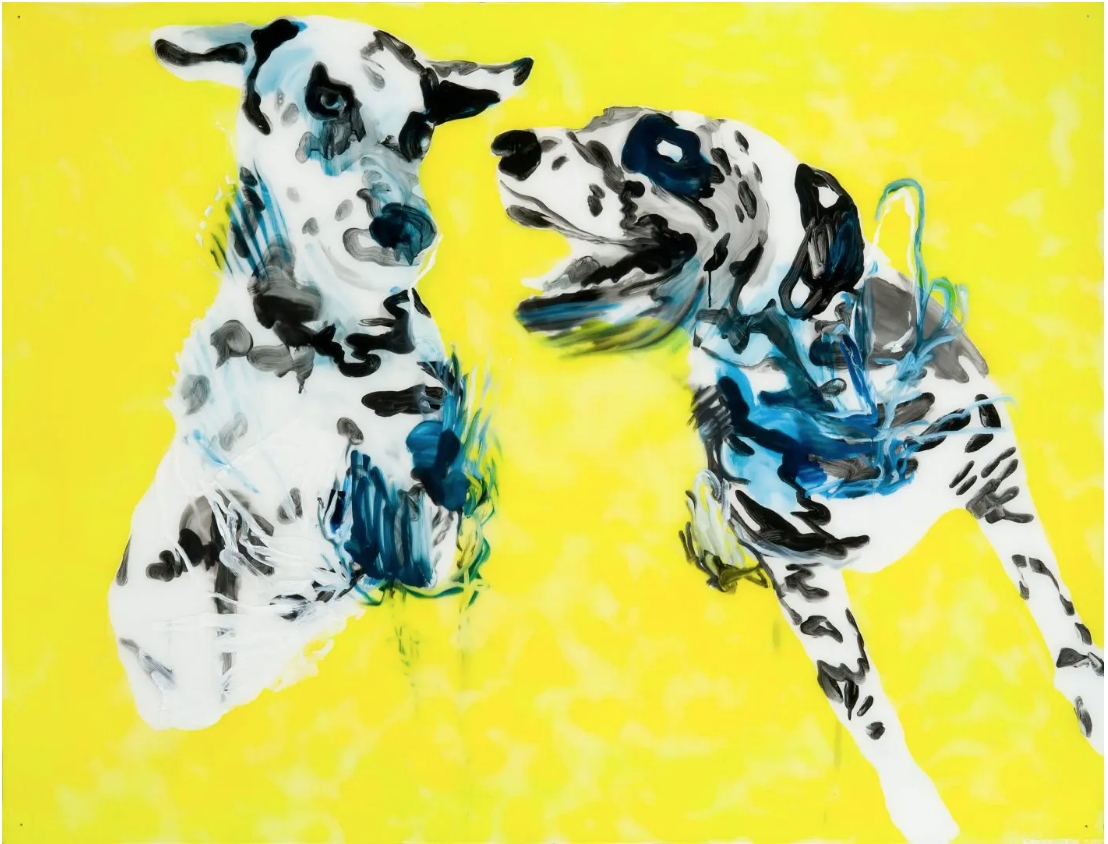The unique relationship between dogs and humans has been widely depicted in the visual arts, and it is an important subject matter in genre painting. For thousands of years, dogs and their owners have been immortalised in images all around the world. Dogs have been depicted as people’s companions, wild animals living in packs, and as symbols of wealth, power and matters beyond human comprehension.
Throughout the centuries, societal and cultural changes have affected our attitudes towards animals, and the methods and objectives of depicting them. The dog has taken on an increasingly central role in the visual arts.
Based on artistic depictions, it looks as though dogs have been leading a good life. In many artworks, this is reflected in the exchange of glances between humans and dogs, a tender touch, or an atmosphere of camaraderie. Attributes such as security, loyalty, companionship and cuteness are associated with canine art. In contemporary art, ironic and critical tones have been added. They comment on the long shared history between humans and dogs by highlighting the inconsistency of human activity.
Artistic images of dogs are always created by people, and they do not necessarily provide a true reflection of reality. The images convey both the personal significance of the dog to the artist, as well as the viewer’s own, human interpretation of the piece. By studying canine expressions and gestures solely from a human perspective, it is easy to falsely interpret that the dogs are looking guilty, depressed or accusatory, or to think that they are laughing. They become imaginary characters.
The exhibition, Überhund – Fascinating Dogs in Art, presents the various roles dogs have played in visual art from the beginning of the common era up until today. The artworks are on loan from public collections in Finnish museums, galleries, foundations, and private collections. The exhibition has been produced in cooperation between Salo Art Museum Veturitalli, Kouvola Art Museum Poikilo, and the Art Museums of Jyväskylä,




